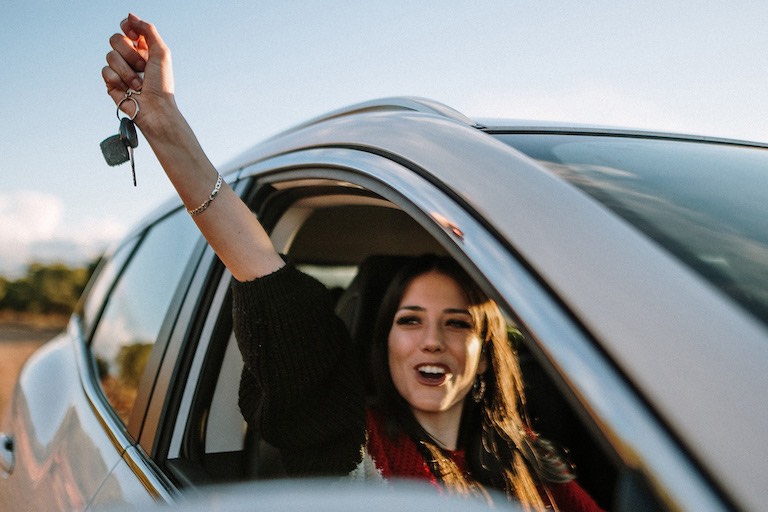
Three things you should know when helping your teen buy their first car
The simple things you can do to avoid headaches when helping your child choose and buy their first carMy first car was a gold Daewoo Matiz (for any Kath and Kim fans, yes, it is the same car that Kel drove).
I named her Mertel and at the time she was the perfect car for me: second-hand yet in good nick and with an abundance of character (no one can deny this).
Best of all (for me at least), it had electric windows and a CD player which was impressive for the mid-00s in a young person’s first car and meant my long drives down the Western Highway from home to uni could be filled with whatever choice of 90s or 00s pop was in my CD wallet.

Unfortunately, a year or so in, Mertel began to find the most inopportune times to break down (on the middle of the Westgate Bridge and the side of the highway late at night) which led me to change my mind about her quality and soon trade her in for someone else (sorry Mertel).
While my daughters are still a while away from taking their learner permit test, let alone a car of their own, kids grow up fast and if my experience was anything to go by, learning all I can to be prepared for this process certainly can't hurt.
So, I turned to RACV’s General Manager of Motoring, Jeff Ames to help me (and anyone else in this position).
“Helping your teenager purchase their first car can be a significant and daunting process, and with many factors to consider, it’s important to complete due diligence to ensure that the car selected will last your teen for years,” he says.
Safety first

The first thing Ames says to look out for when helping your teen or older child choose a suitable car is safety. And when it comes to what is safest, size does not always matter.
“While learner drivers may choose smaller vehicles due to their perceived ease of handling on the road, they may not always be the safest choice for your teen,” he says.
A better way of establishing what is the safest option is by the safety ratings which are readily available online.
“RACV recommends comparing current market vehicles’ safety ratings as they may surprise you. The ANCAP website provides great insight into the safety and quality of the vehicle you, or your teen are considering,” Ames says.
Be informed

Like me, many teens, or parents of teens, buying their first car will opt for second-hand vehicles due to their affordability (especially amid a cost-of-living crisis) and while this is a perfectly suitable option like the scout’s motto advises, be prepared (or in this case, informed).
“Second-hand vehicles are popular for learner drivers due to their affordability compared to their brand-new counterparts and while second-hand can be more appealing, buyers should be as informed as possible before purchasing,” says Ames.
“RACV recommends utilising VicRoads’ new Vehicle Report tool which provides buyers with a comprehensive and historical picture of the vehicle including registration and transfer history, and roadworthiness,” he says.
Along with the history and roadworthiness, the tool also outlines any outstanding finance checks and written-off or stolen history reports of the vehicle, providing potential buyers with the information they need to make an informed decision.
The extras

As any driver knows when it comes to buying and owning a car, the vehicle itself isn’t the only expense. There are fuel and other costs that should be factored in when deciding on a vehicle, including very importantly, insurance.
“RACV recommends checking that the appropriate car insurance is in place for the driver. If the vehicle is insured in the parents’ name and the teenager ends up in a crash while driving, the insurance policy may not cover the accident and resulting damage,” Ames says.
Additionally, ensure whatever finance is being used to pay for the car is manageable, check out reviews for the vehicle by those who already drive the same model and if possible, investigate roadside assistance, just in case (yes, Mertel this is directed at you!).
Related: What you need to know before teaching your kids to drive
Related: The ultimate first car buyer's guide
Related: Why I have given up teaching my daughter how to drive after one lesson


Please see our Editorial Guidelines & Code of Ethics (including for more information about sponsored content and paid events). The information published on this website is of a general nature only and doesn’t consider your particular circumstances or needs.














